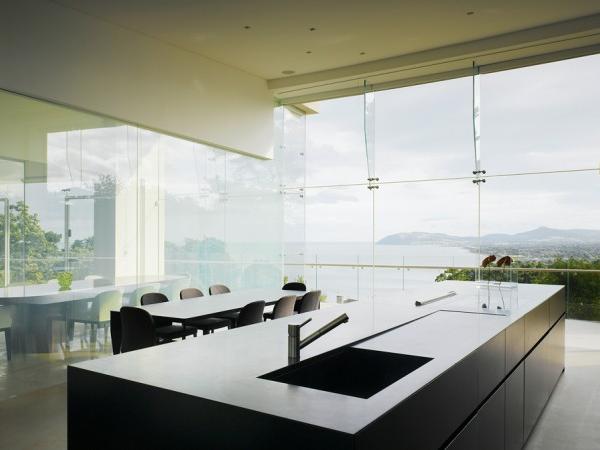
Date: 28 July 2016
Green’ interior design isn’t just considered fashionable, it’s seen as essential. In recent years, the importance of reducing our environmental impact has never been stronger.There are a number of ways to help make interior design as sustainable as possible.
1. Avoid chemicals
There’s a reason wet paint smells so strongly – it’s full of chemicals releasing fumes. This isn’t the sole source of chemical pollutants, even throw pillows have probably been dipped in pesticides at some point.
Luckily, there’s an increasingly wide variety of non-toxic and non-polluting products available for interior design. From hypoallergenic paint, to organic textiles and woods that haven’t been treated with pesticides, there are a myriad of green alternatives for home design.

2. Reduce energy consumption
Energy-efficient lighting is one of the easiest ways to achieve a more sustainable design. A clever design will incorporate as many windows and skylights into the building as possible, to make the most of the natural lighting.
However, when structural changes aren’t an option, there are also greener alternatives available in artificial lighting. Try replacing bulbs with LEDS, compact fluorescent light bulbs or halogen bulbs to save energy (and lower the eventual electricity bill!).
The use of solar control glass, also known as electrochromic glass, can help to reduce energy consumption. With solar control glass, one can control the amount of heat and light passing through.
As a result, solar smart glass greatly reduces the need for air conditioning during the summer months, and heating during the winter, making it a fantastic investment for a “green” property.
3. Choose your furnishings wisely
Selecting furniture and soft furnishings produced in a socially responsible manner makes a big difference to the sustainability of your design.
Factories are some of the biggest sources of pollutants so make sure to research the companies supplying your furnishings, and choose pieces produced through greener manufacturing processes.
For that reason, artisan, hand-crafted pieces are worth the splurge if you can find a good local workshop. Plus, shopping in local businesses reduces the transportation fumes involved, further reducing your building’s carbon footprint.
4. Repurpose your furniture
Reduce, reuse and recycle is a mantra you’ve probably heard over and over again. However, when it comes to furniture there are some amazingly innovative examples of reclaimed pieces.
From an antique piece hiding in an attic, to a table and chairs crafted from re-purposed wood, there are a range of alternatives to buying new pieces, and the increased carbon footprint that comes with them.
Plus, re-purposed furniture not only make a home interior design more sustainable, but also provide incredibly unique pieces that are a great talking point for any home design.
For more advice on how you can achieve a more sustainable interior design, contact Smartglass International today. Our team has worked on interior design projects worldwide, and would be delighted to advise on your project’s specifications.
 600450
600450

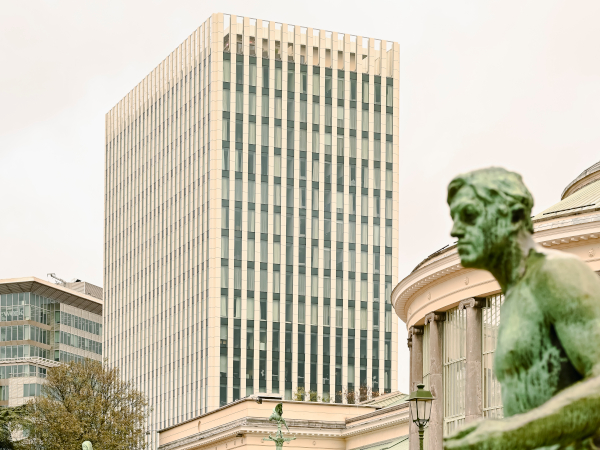
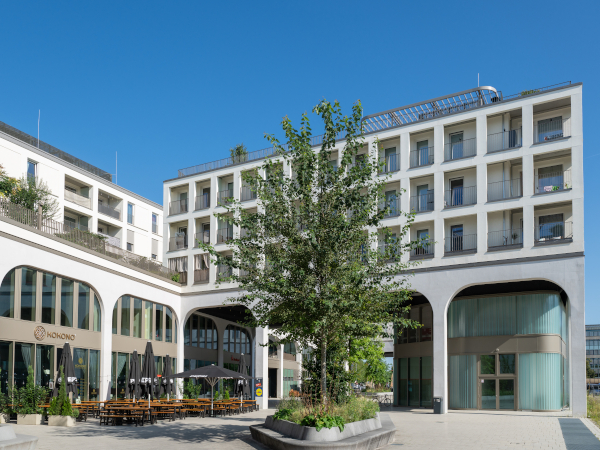

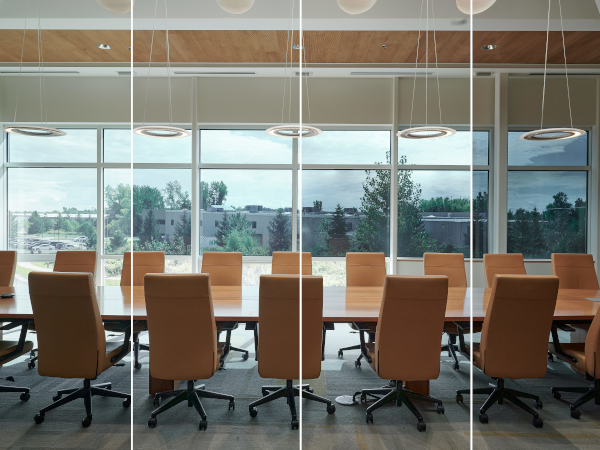
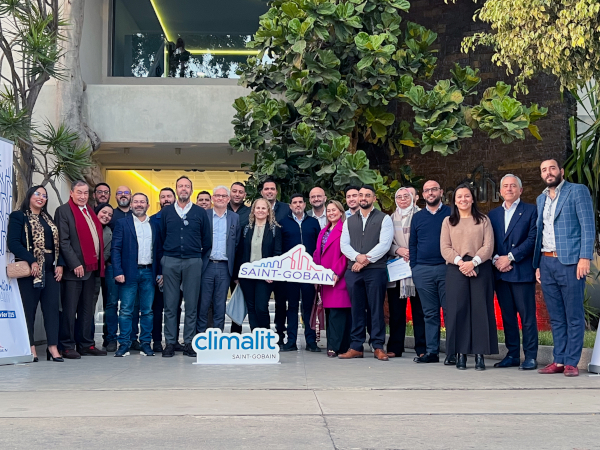









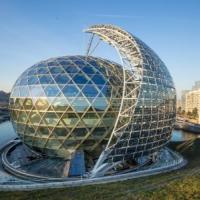


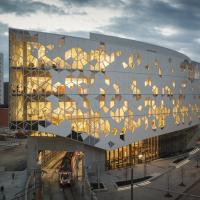

Add new comment